Our first stop on the International Cooking Tour is the Caribbean! When I think of the Caribbean, I remember a few of the magical trips I’ve taken to the islands. The warm tropical breezes, the crystal clear turquoise waters filled with colorful fish, the sound of steel drums floating through the air and music that makes you want to dance, snorkeling and scuba diving…and the food. But is has not always been a place of rest and relaxation. In order to understand the food, it helps to understand a bit of the history of the islands. When Columbus “discovered” the Islands of the West Indies in 1492, he was not the first man to set foot on these islands. But the arrival of Christopher Columbus changed everything.
Dating back to pre-Columbian times, the Indian Tribes known as the Carib and the Arawak inhabited the northwest portion of South America, Central America and the Southeast islands of the region now known as the Caribbean Basin. The Carib farmed and fished and were known for their ferocity (they had some cannibalistic tendencies). The Arawak were the more dominate culture and had a highly productive form of agriculture and an advanced social structure.
The Caribbean was the most precious jewel in the crown of Spain and the Spanish flooded into the islands bringing with them varieties of coconuts, chickpeas, cilantro, eggplant, onions, garlic, oranges, limes, mangoes, rice, coffee and sugarcane. Yes, sugarcane and so then RUM! Along with the good things they brought, bad things happened too and the native social structures were destroyed and European diseases wiped out large numbers of the indigenous population. When the Arawak people disappeared, more manpower was needed which resulted in the introduction of African slaves. After nearly 300 years of struggle, the people of African descent became the inheritors of the lands of the Caribbean.
The West Indian Archipelago forms a massive breakwater 2,000 miles long consisting of thousands of islands. Today they are broken into four chains of islands. 1. The Bahamas, 2. The Greater Antilles (Cuba, Jamaica, Hispanola and Puerto Rico), 3. Western Lesser Antilles (Martinique, Dominica, Montserrat, Virgin Islands, Barbados, Antigua, Barbuda, and Anguilla) 4. Southern Lesser Antilles (Aruba, Bonaire, Curacao, Trinidad and Tobago)
After the abolition of the slave trade in the British West Indies during the early 19th century, Asian workers arrived in Cuba and Jamaica and indentured workers from India came to the Lesser Antilles. The Oriental and Indian influences are represented by curries, spices and rice. These people brought with them the food styles of their native countries and blended them with the existing culinary styles. You could say this was the beginning of the “fusion food” movement that still goes on today.
With so many islands and so many influences on the food, it is hard to decide on a food to highlight. Jamaica was the winner, this time. I ruled out Ackee, even though it is Jamaica’s national fruit and widely consumed with Saltfish, because it is hard to come by here and the unripe fruit is toxic. Who needs that element of surprise in their meal? Jamaican Jerk is something we are more familiar with but many of us have never made it at home. Today is the day we go Caribbean at home, starting in Jamaica!
Cilantro Aioli

Combine all ingredients in a food processor or blender and mix until blended. Chill until ready to serve.
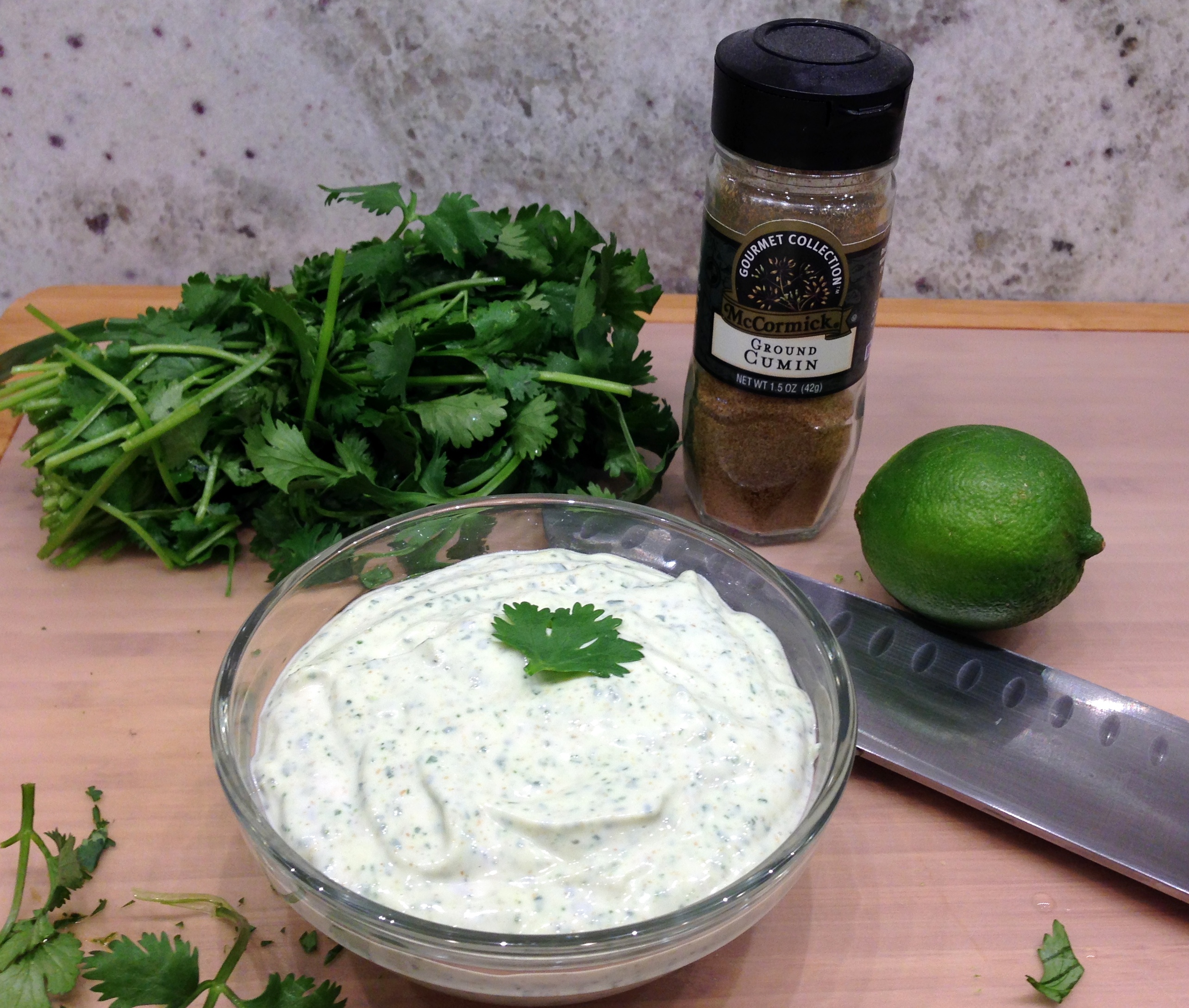
I tell you this sauce is so good I have spread it on toasted sourdough with sliced chicken for an incredible sandwich, used it as a dipping sauce for vegetables and just plain licked it right off the spoon! It is light, refreshing and creamy with a little kick. A nice foil for the spices of the jerk seasoning.
Jamaican Jerk Rub
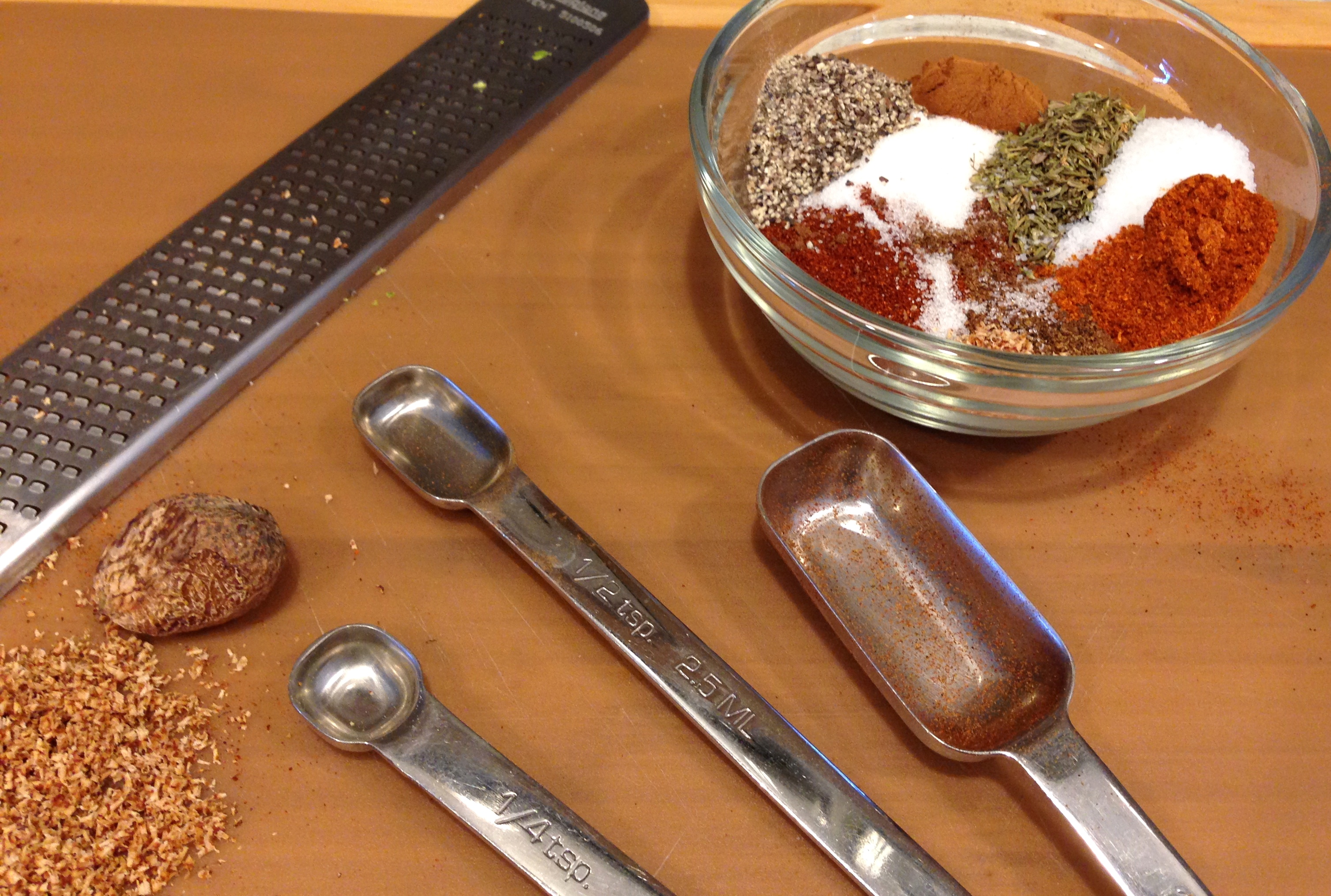
The combination of spices in the Jerk Seasoning compliment each other well. The paprika and cayenne give it a little heat and beautiful color, the sugar and cinnamon give it sweetness and warmth, thyme an earthiness and the salt brings all the friends together at this flavor party! Combine all ingredients in a bowl and mix well.
Jamaican Jerk Chicken
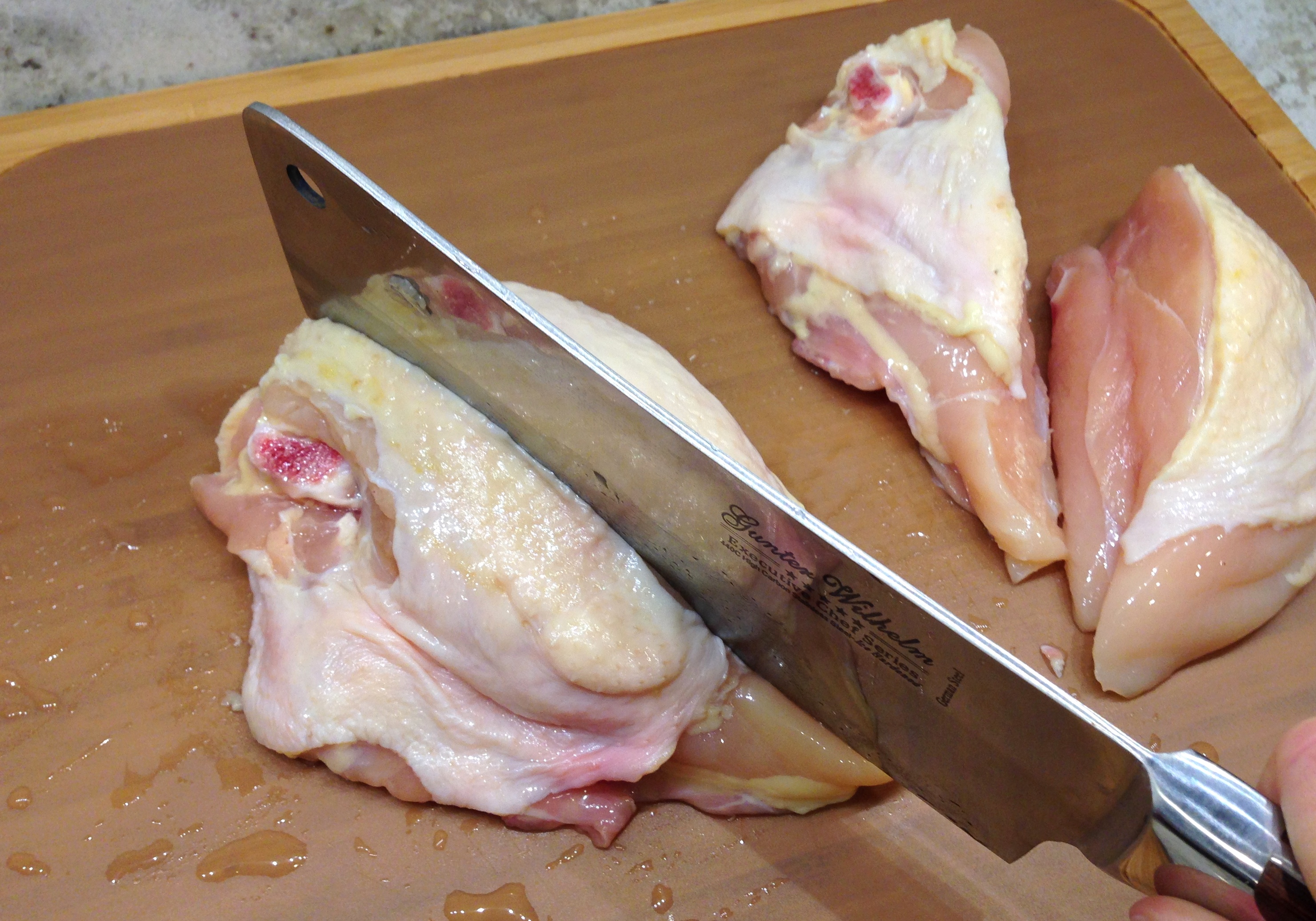
If using breast meat only, cut the breast in half, lengthwise. Breasts can be quite large these days and this cut will give each half of the breast the impression of a full breast. Looks so much nicer than just whacking it in half making for 2 stubby ends!
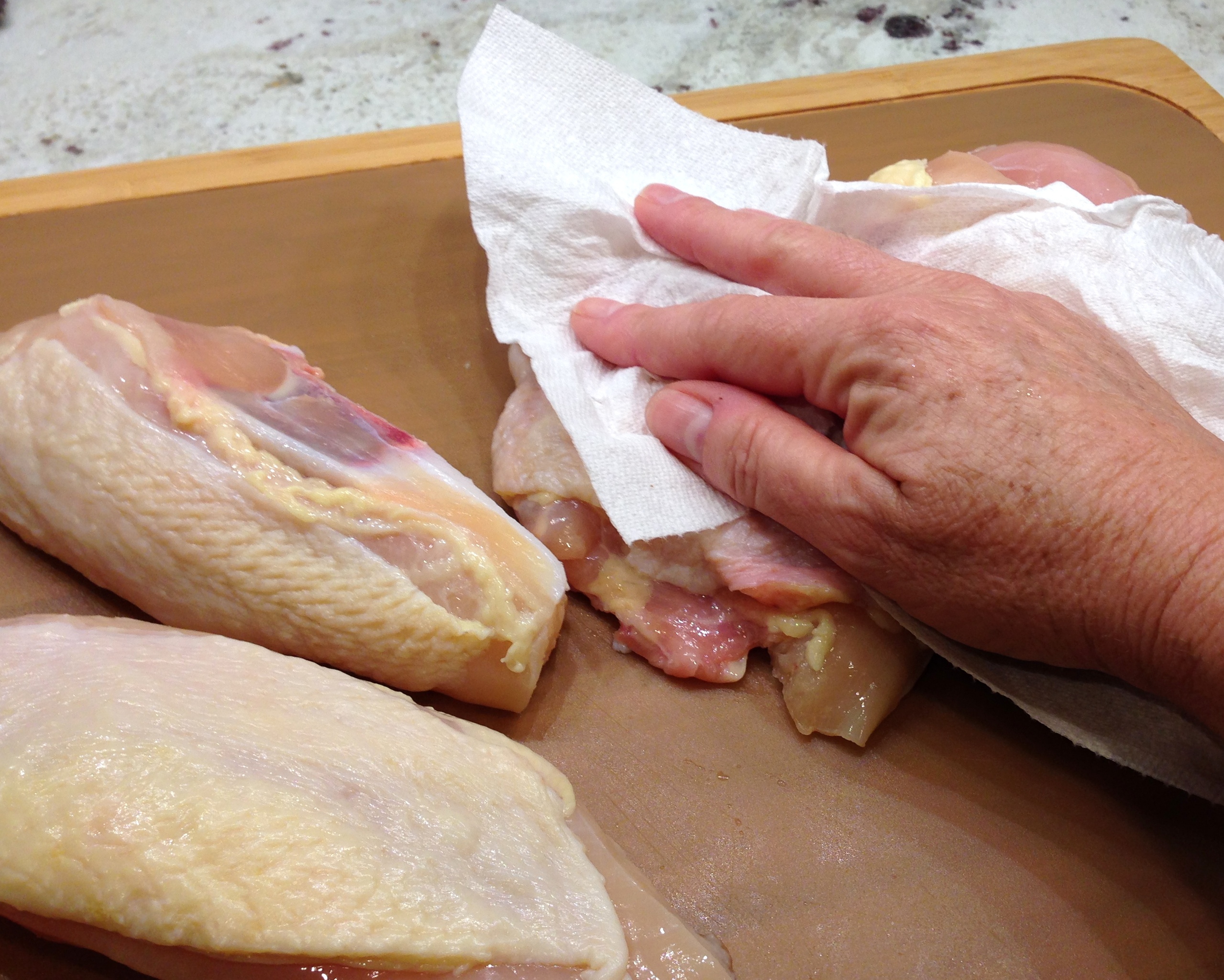
Pat the chicken dry. This is a dry rub after all.
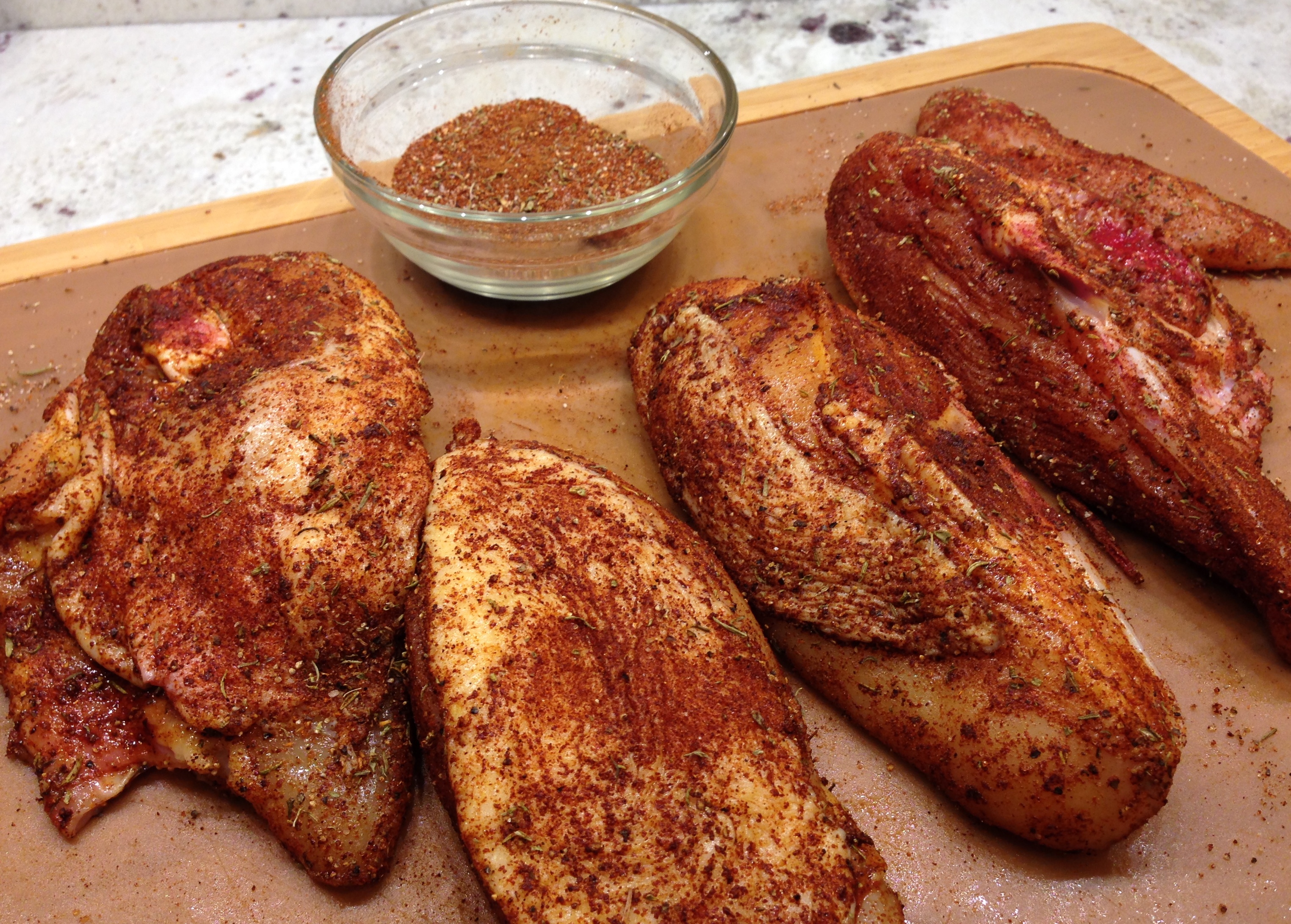
Rub chicken with jerk spices and let them rest while the grill is heating up. These are happy dressed up chicken breasts. They will get up and dance if you have the steel drum music playing in the back ground. Try it! If the chicken doesn’t get up and dance, I bet you will!
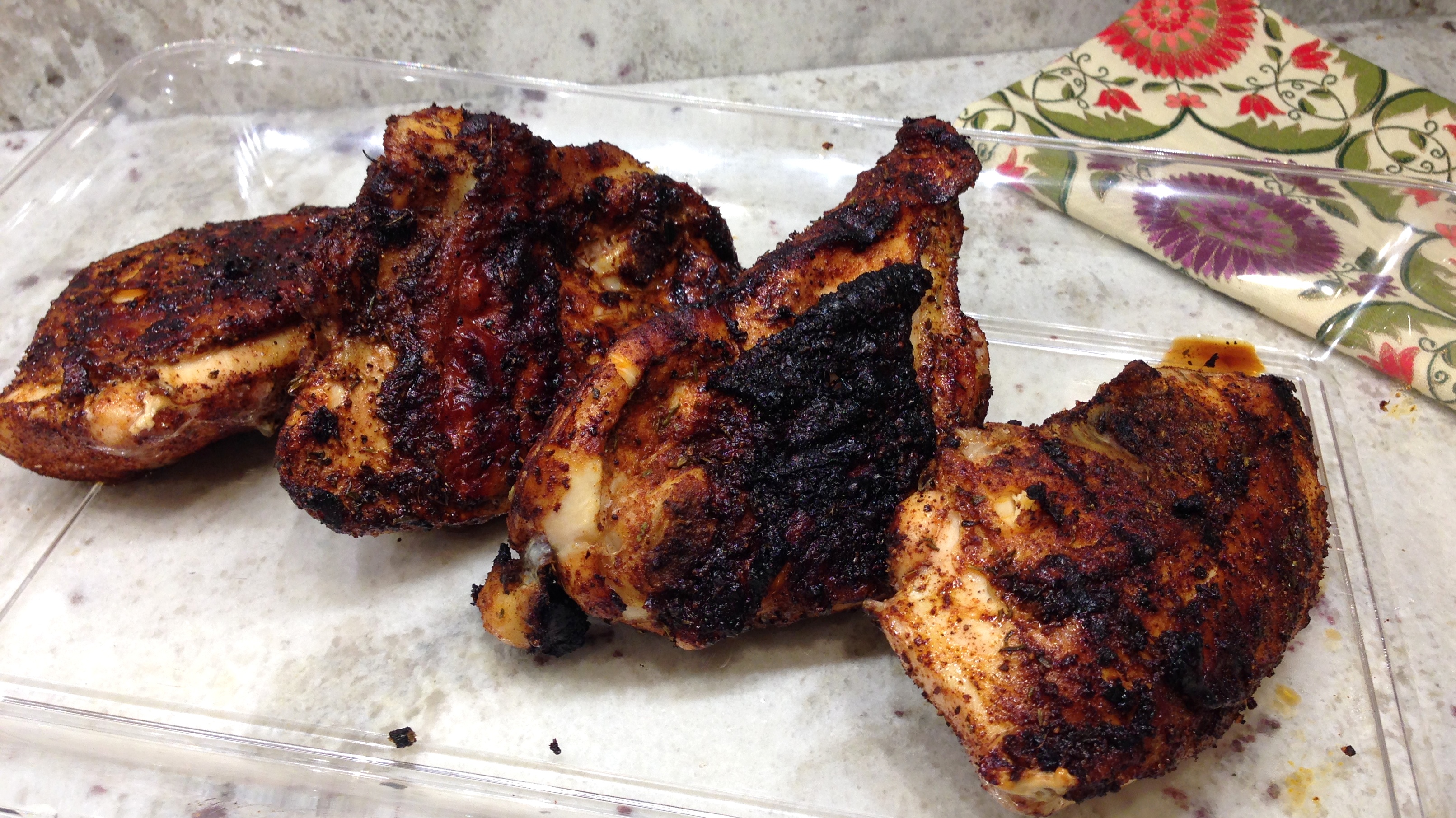
Place chicken on the grill and grill, turning often, until fully cooked. Let the chicken rest for 5 minutes before serving. If using a whole chicken, cut into 8-12 pieces.
Serve with a side of Cilantro Aioli for dipping.


- 3/4 cup mayonnaise
- 1/3 cup fresh cilantro, chopped
- Zest of 1 lime
- Juice of 1/2 lime
- 1-3 drops hot pepper sauce (Tabasco or Sriracha)
- 1 teaspoon ground cumin
- Whole chicken, cut in half or 4 breasts cut lengthwise - Bone In with skin
- 3 tablespoons paprika
- 1 tablespoon ground allspice
- 2 teaspoons sugar
- 1 1/2 teaspoons dried thyme
- 1 1/2 teaspoons salt
- 1 teaspoon freshly ground black pepper
- 1/4 teaspoon ground nutmeg
- 1/2 teaspoon ground cinnamon
- 1/2 teaspoon cayenne pepper
- Cilantro Aioli: Combine all ingredients in a food processor or blender and mix until blended. Chill until ready to serve.
- Jerk Rub: Combine all ingredients in a bowl and mix well. Store in air tight container.
- Jamaican Jerk Chicken: Preheat grill.
- If using breast meat only, cut the breast in half, lengthwise. Pat chicken dry. Rub chicken with jerk spices and let them rest while the grill is heating up.
- Place chicken on the grill and grill, turning often, until fully cooked. Let the chicken rest for 5 minutes before serving. If using a whole chicken, cut into 8-12 pieces.
- Serve with a side of Cilantro Aioli for dipping.
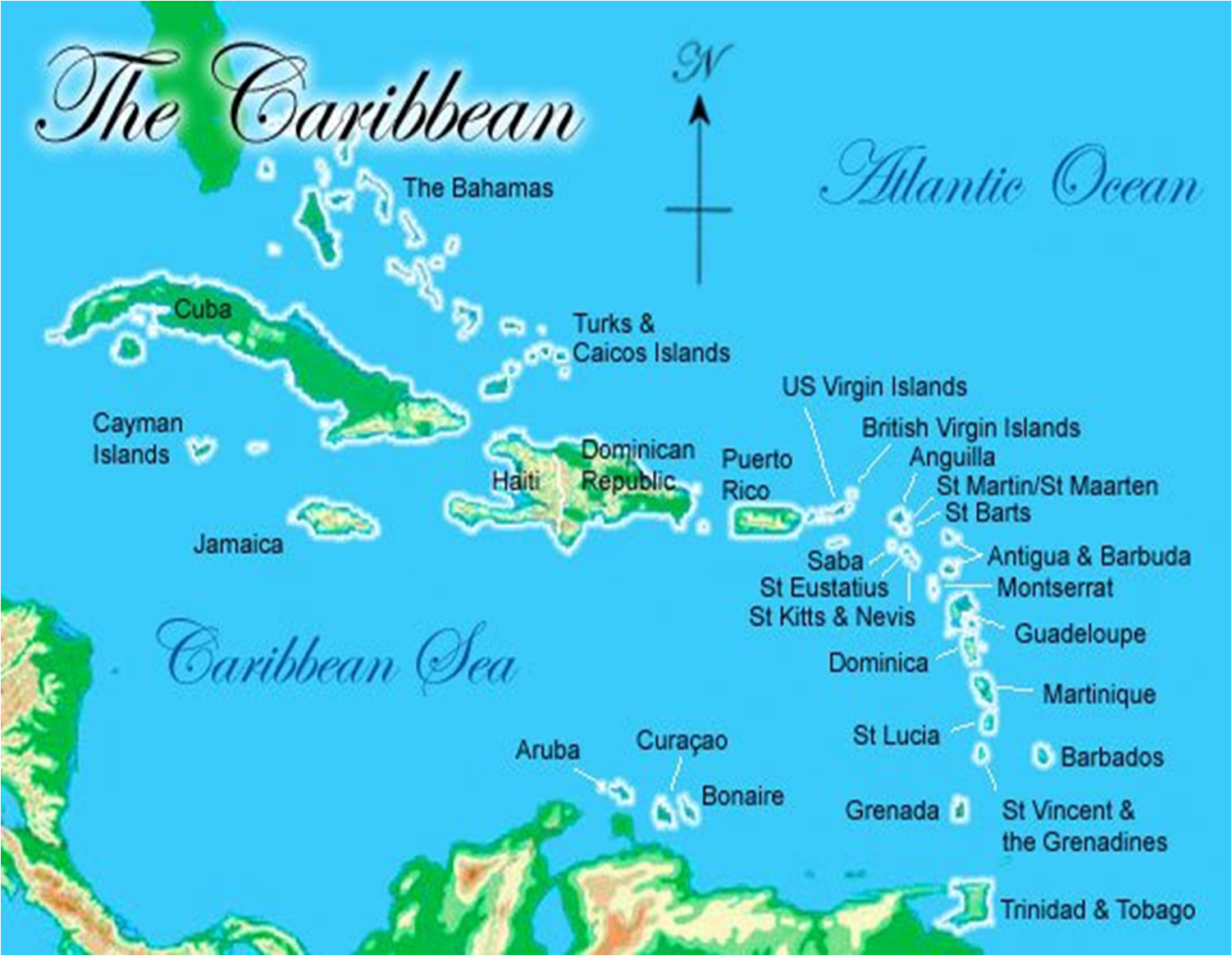



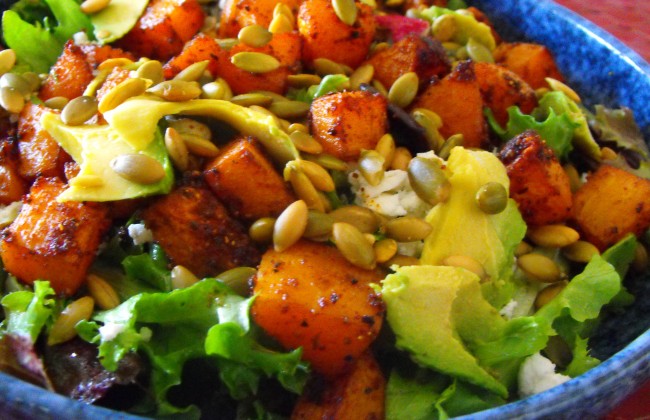
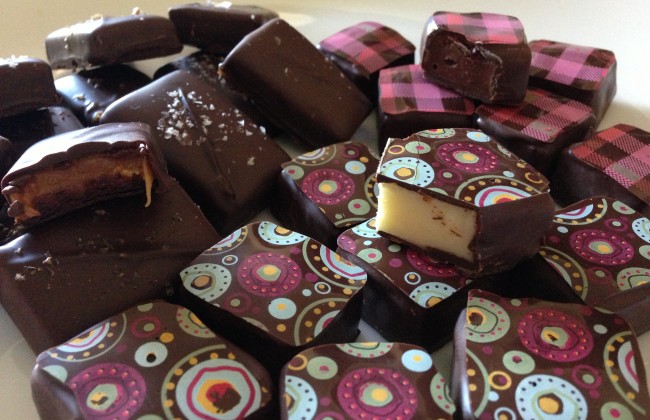
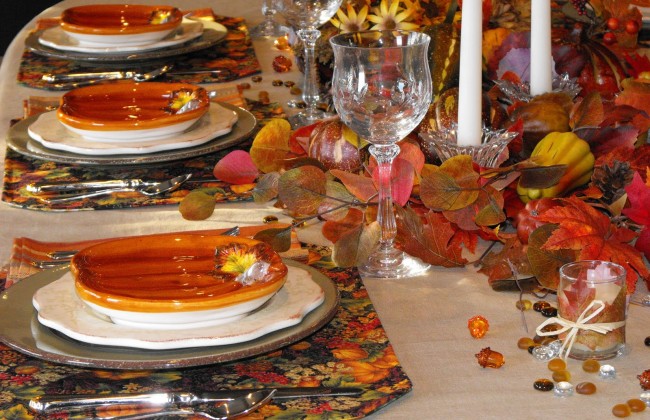

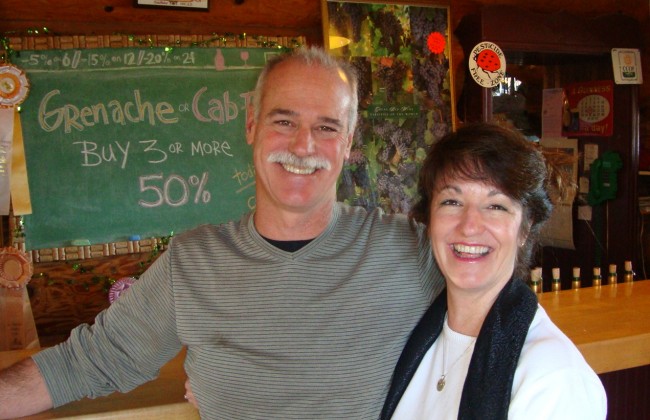

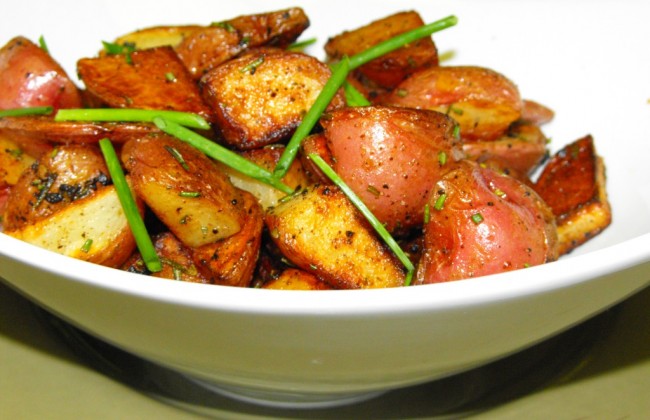
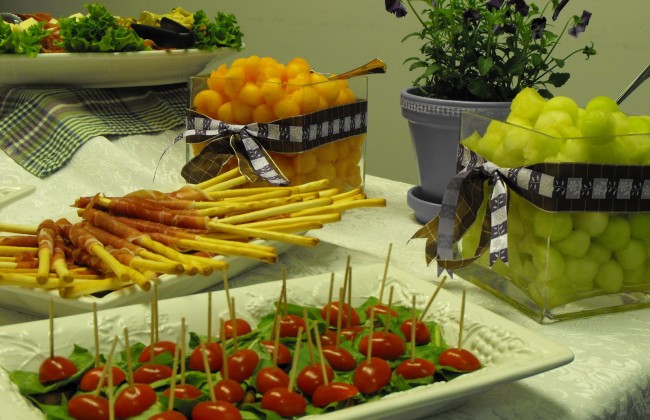
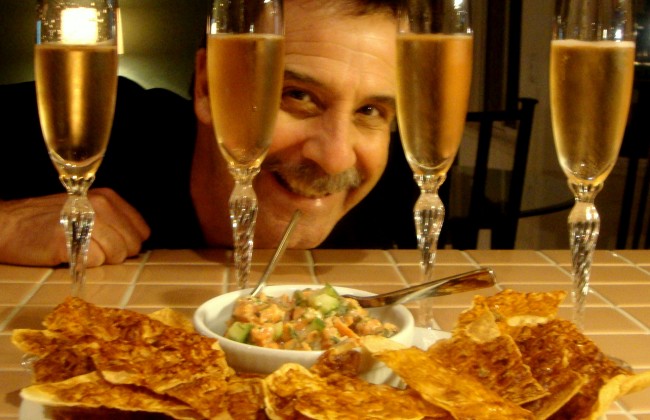

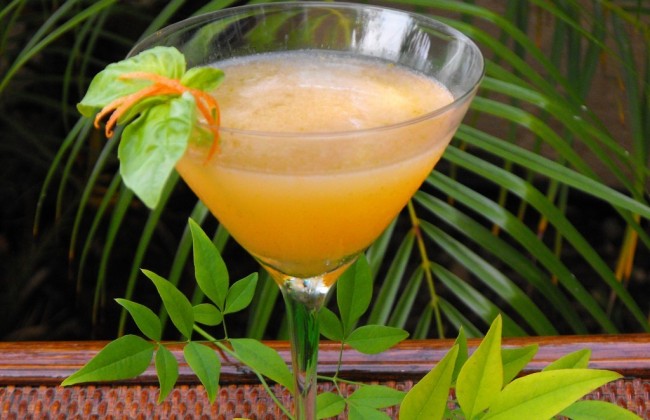







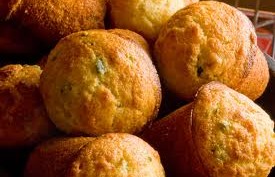
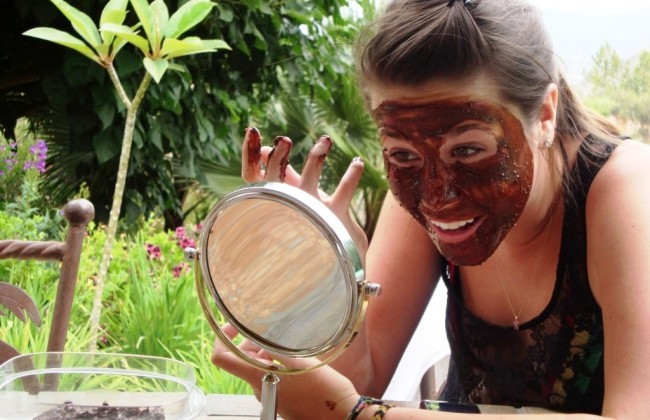

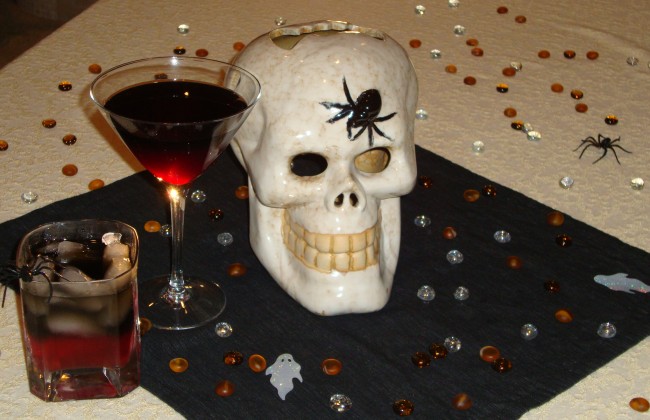

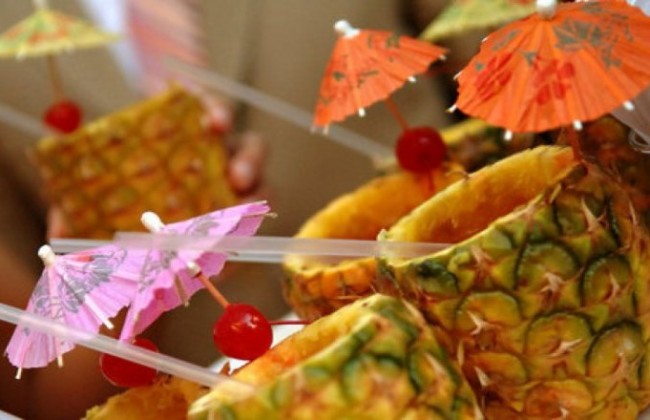


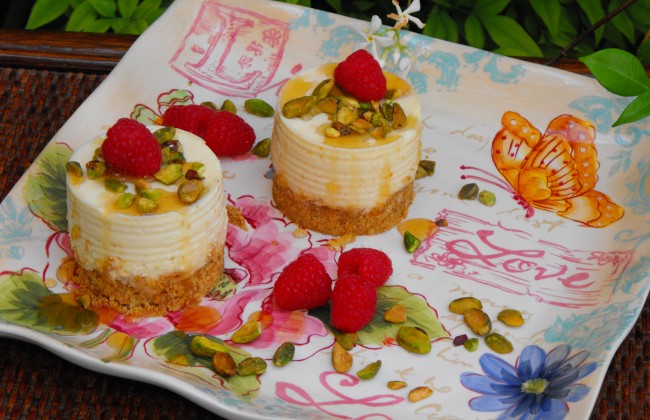
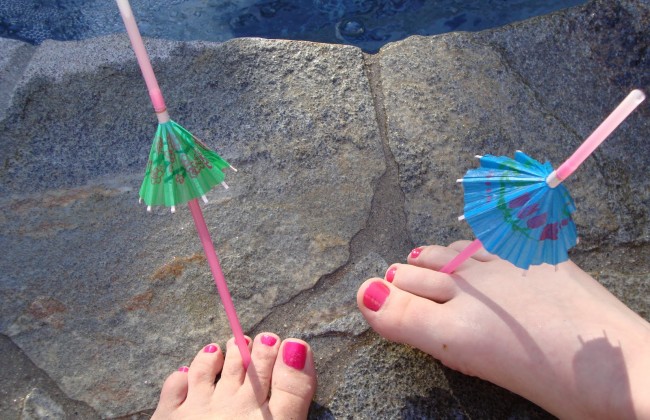
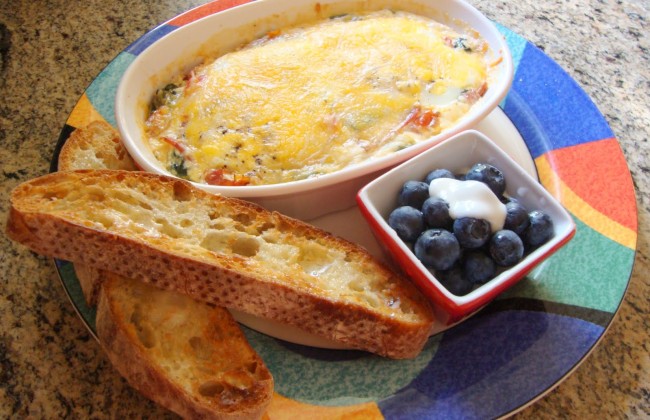

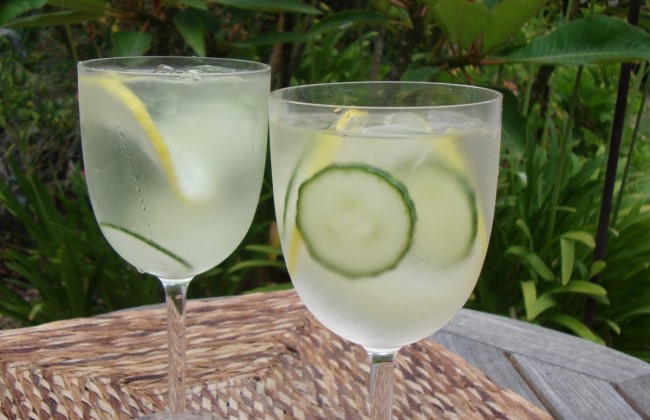
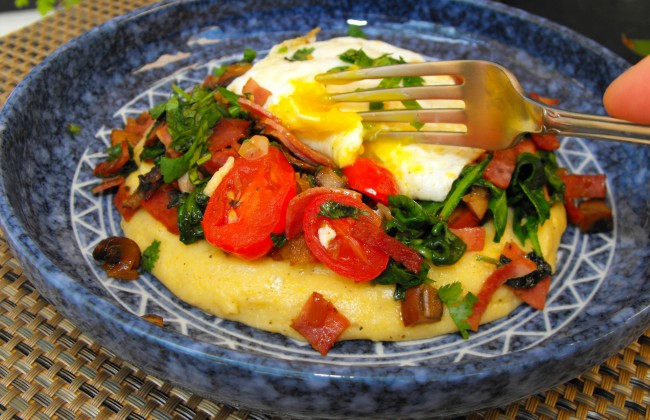
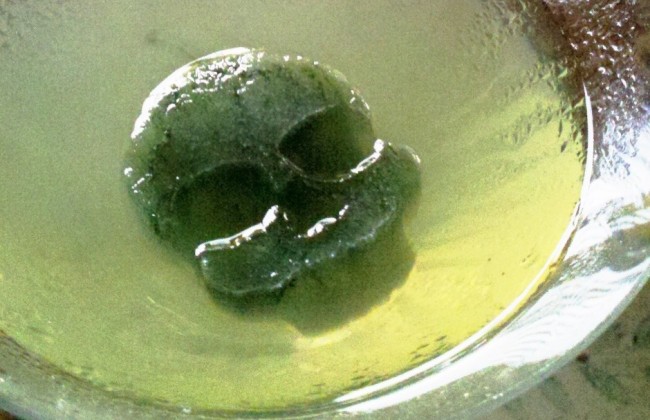
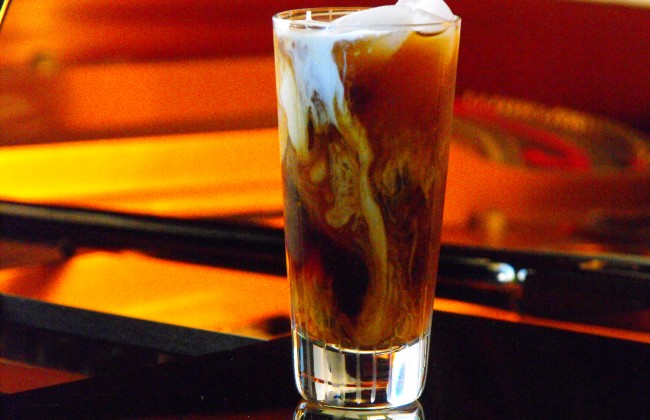
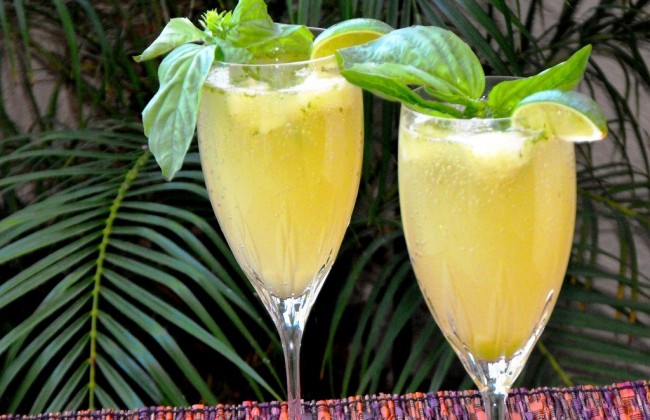



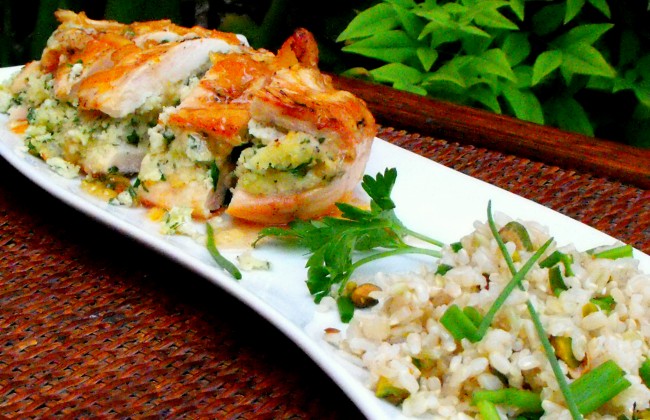




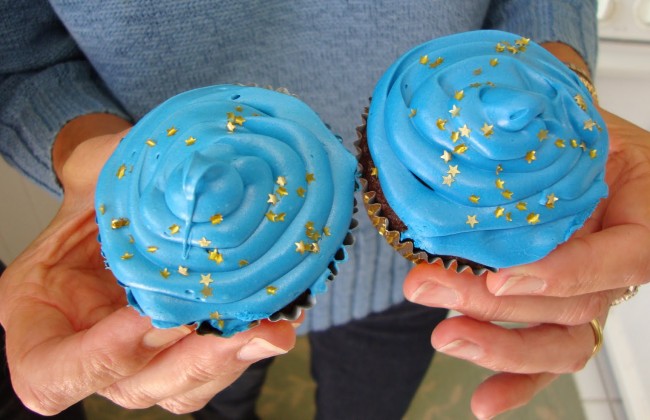

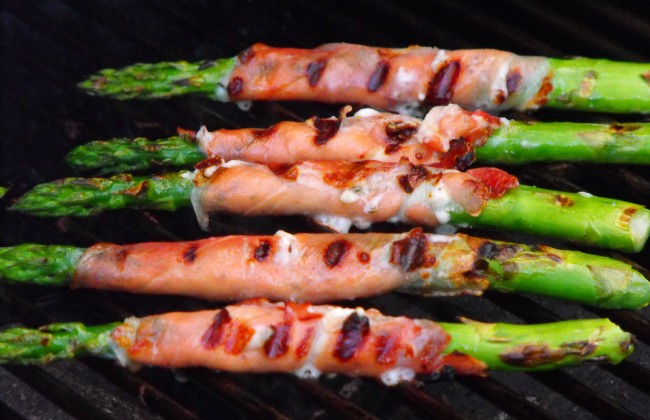
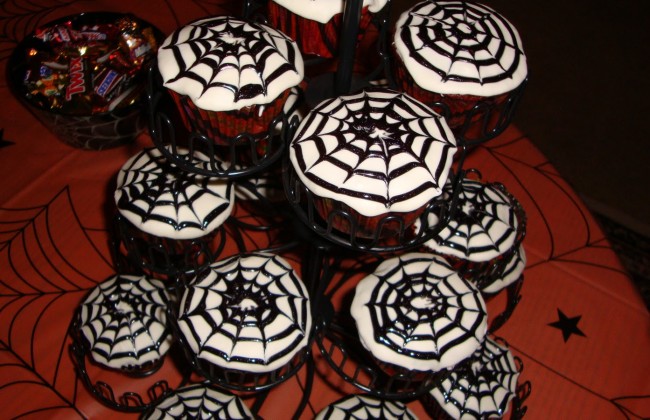

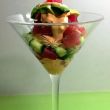
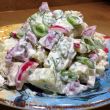
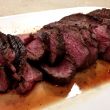
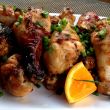
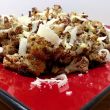
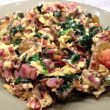
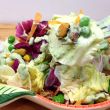

Pingback: National Jamaican Jerk Day on Island in the Net by Khürt Williams